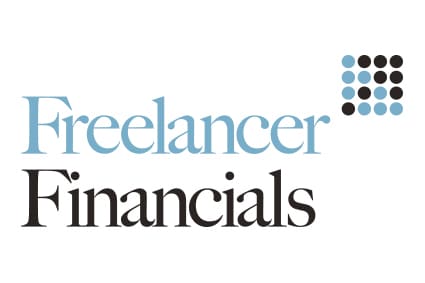An electrical contractor was ordered to carry out unpaid work and pay costs of £1,152, after his trainee fell three and half metres through a plasterboard ceiling. The trainee suffered head injuries and was in hospital for 23 days. He was installing wiring above the false ceiling for the electrician.
So, what went wrong?
The electrical contractor failed to properly plan the work at height and therefore failed in his duty of care to the trainee. This incident could have been far worse.
What should he have done?
Trainee workers are more vulnerable in our workplaces, mainly due to their inexperience. More consideration should be taken when planning work involving trainees. Each job should be risk assessed to enable you to foresee any potential hazards and put controls in place to prevent harm to you, your workers and other people nearby. Trainees should have higher consideration due to their lack of experience, knowledge and skill to complete such jobs. As their job title says, they are in training and therefore require extra supervision, instruction and training to improve their competency levels.
How could he have prevented the fall?
Upon completing a risk assessment, he should have realised that the false ceiling was vulnerable to collapse and where the task could not have been avoided, suitable measures to prevent a fall should have been implemented. The use of crawl boards above the ceiling or scaffolding below will have prevented such an incident.
How do I complete a risk assessment?
Your risk assessment of the job you are completing should follow a simple five stage approach.
Stage 1 – Look at what could be a hazard and decide on the most significant, in this instance it was falling from height.
Stage 2 – Decide who can be harmed and how they will be harmed. Himself, his trainee and/or members of the public.
Stage 3 – Evaluate the risk, once the hazards have been identified, decide how likely it will occur and put reasonable measures in place to prevent the hazard from happening.
Stage 4 – Record the assessment if you employ five or more people, or if your client has requested you provide a written assessment. Inform your staff of those hazards to ensure they are aware of the dangers and what you are doing to prevent it.
Stage 5 – At a time that is suitable you will need to review the assessment to ensure that it is still valid. This will involve talking with your colleagues if you have them.
Working at height and falling is one of the highest types of accident in workplaces. Company owners have legislative responsibilities to prevent people being harmed in the workplace and therefore considering this type of accident should be assessed and measures to prevent it provided.
If you require assistance with any health and safety information please contact health and safety consultants and HR outsourcing specialists Qdos HR on 01455 852028.





Leave a Reply